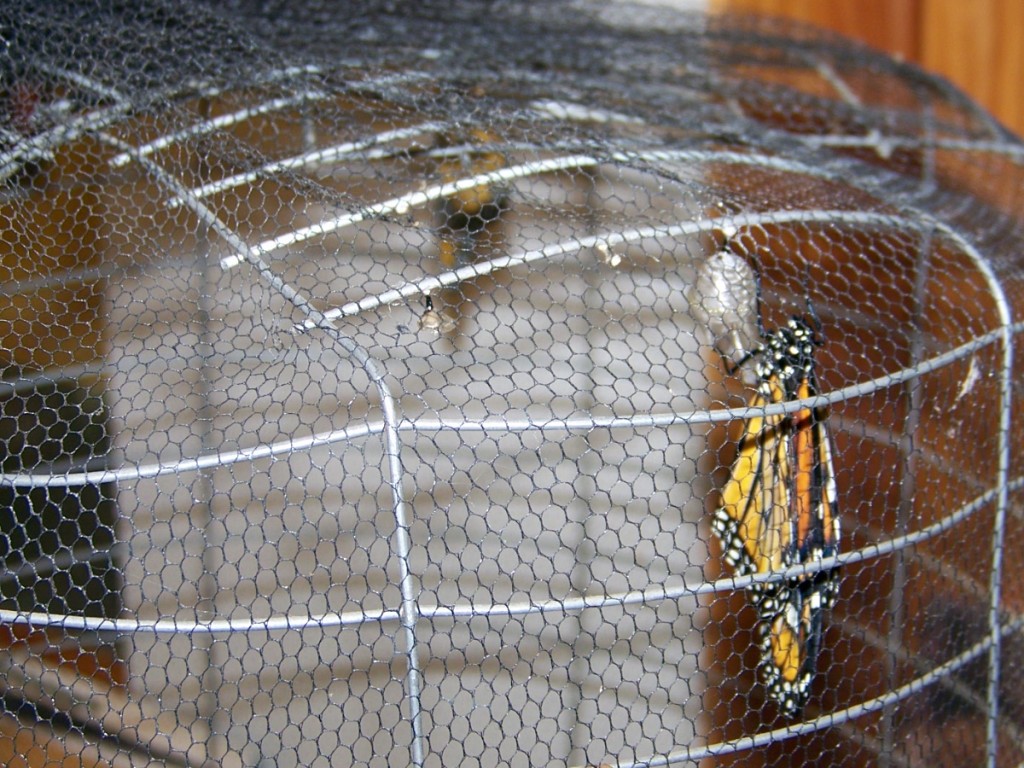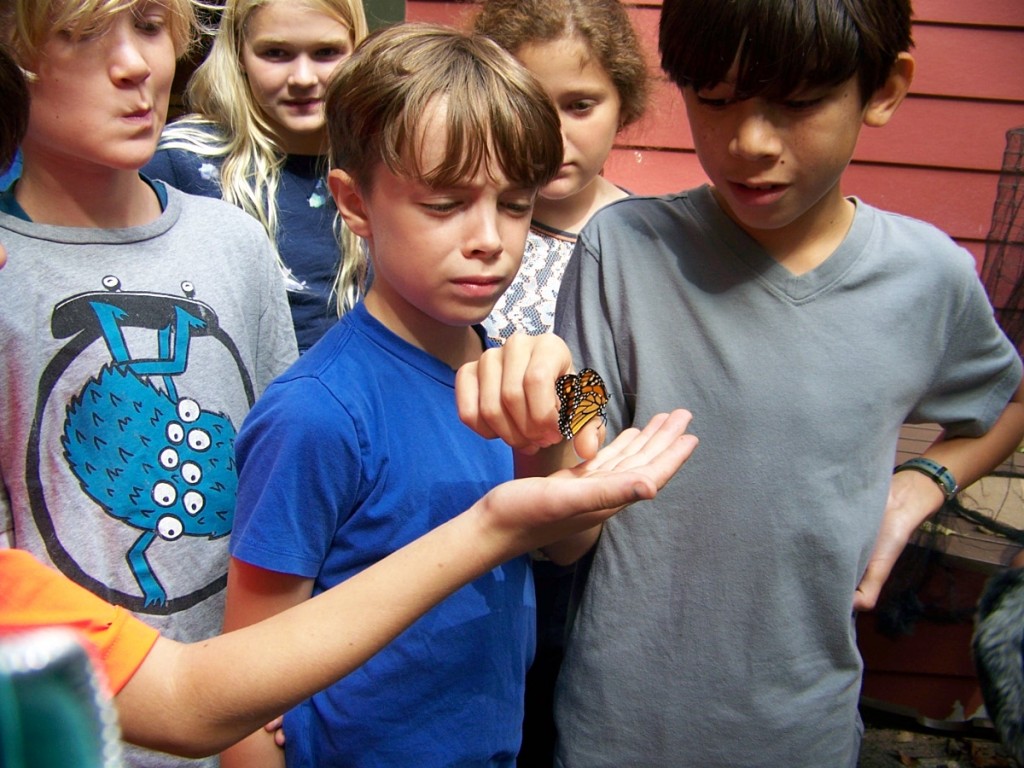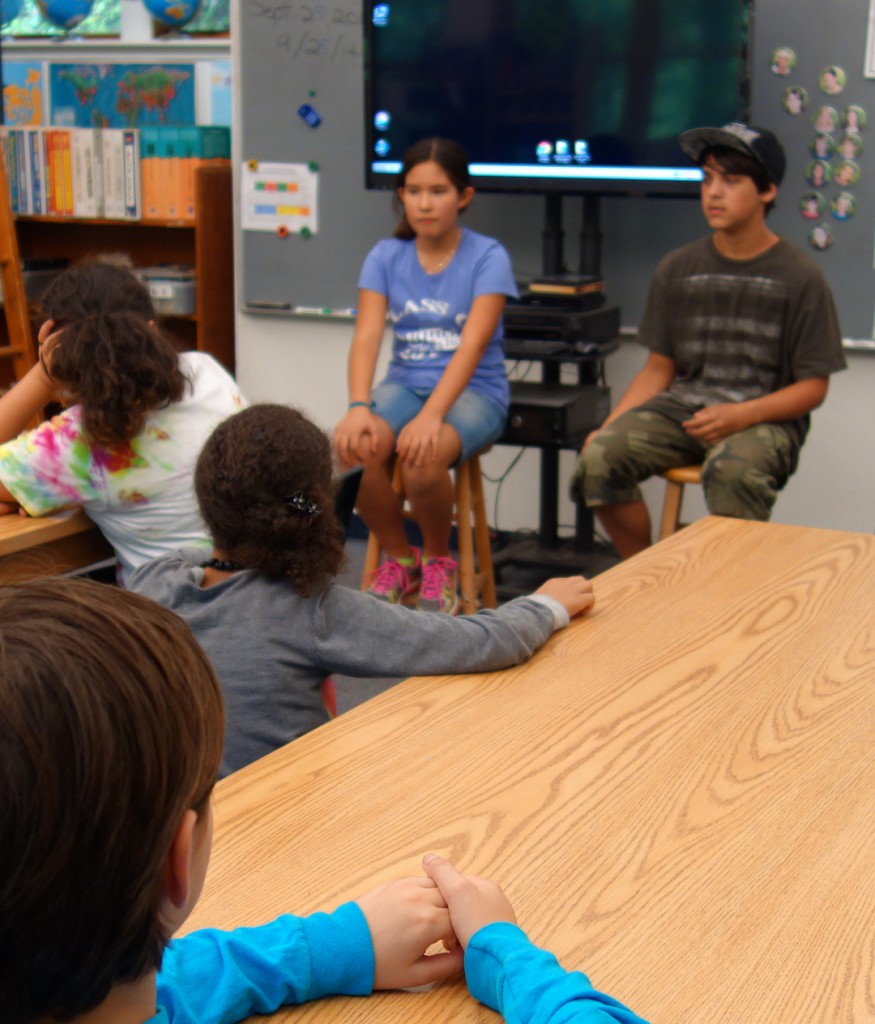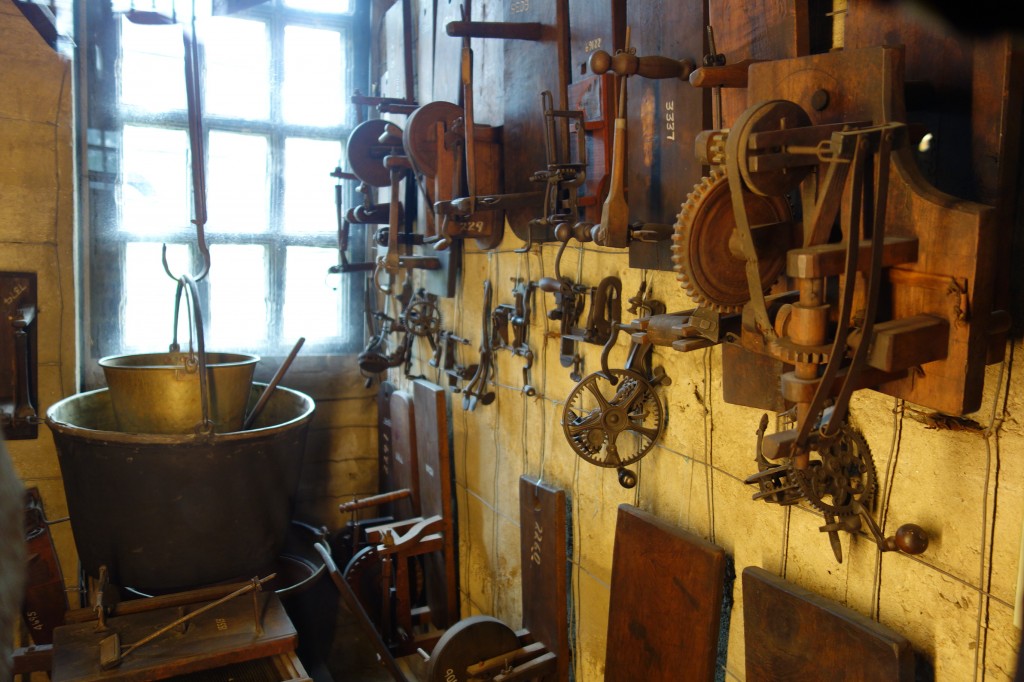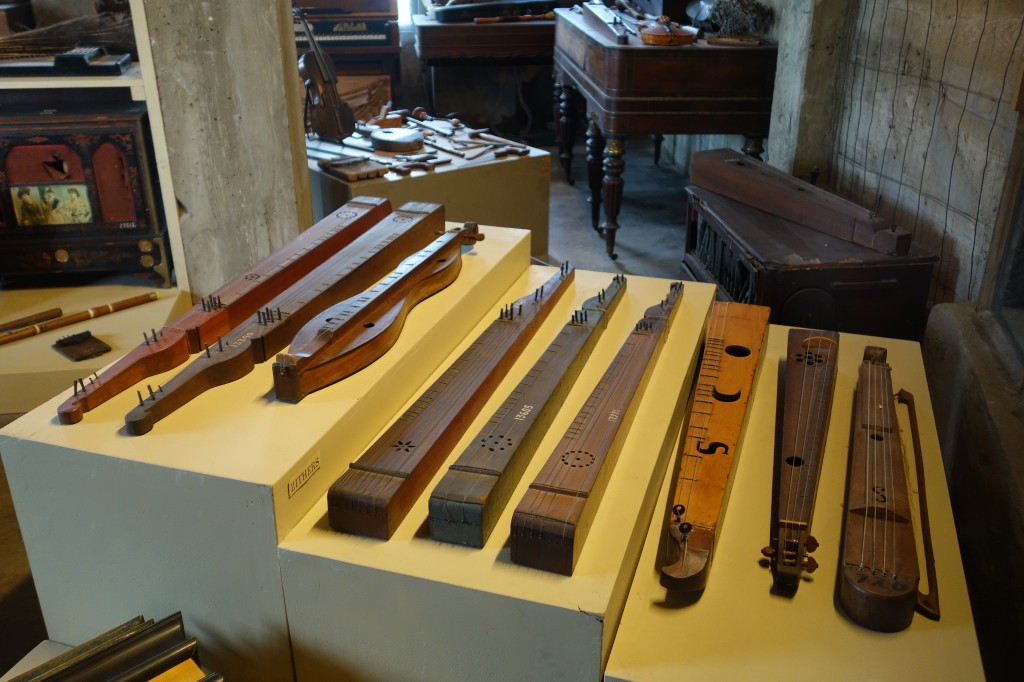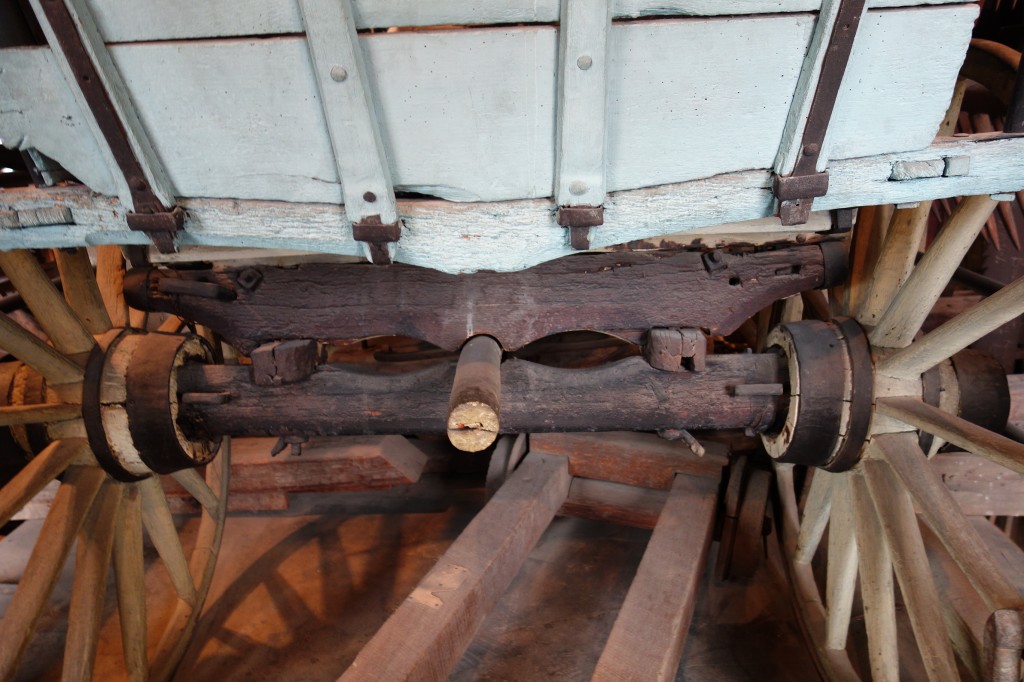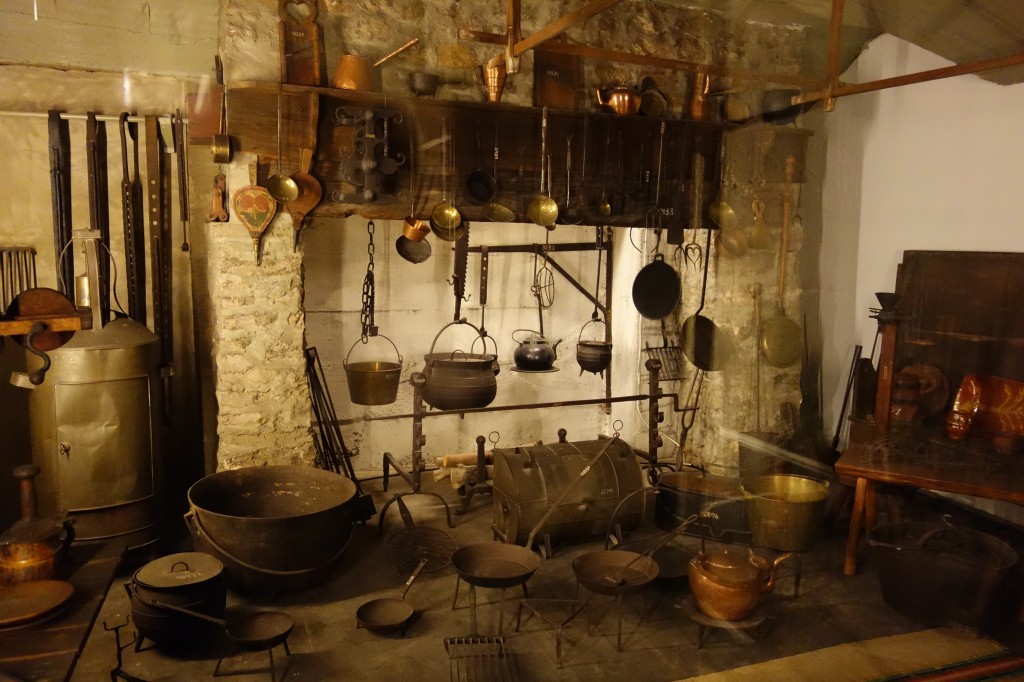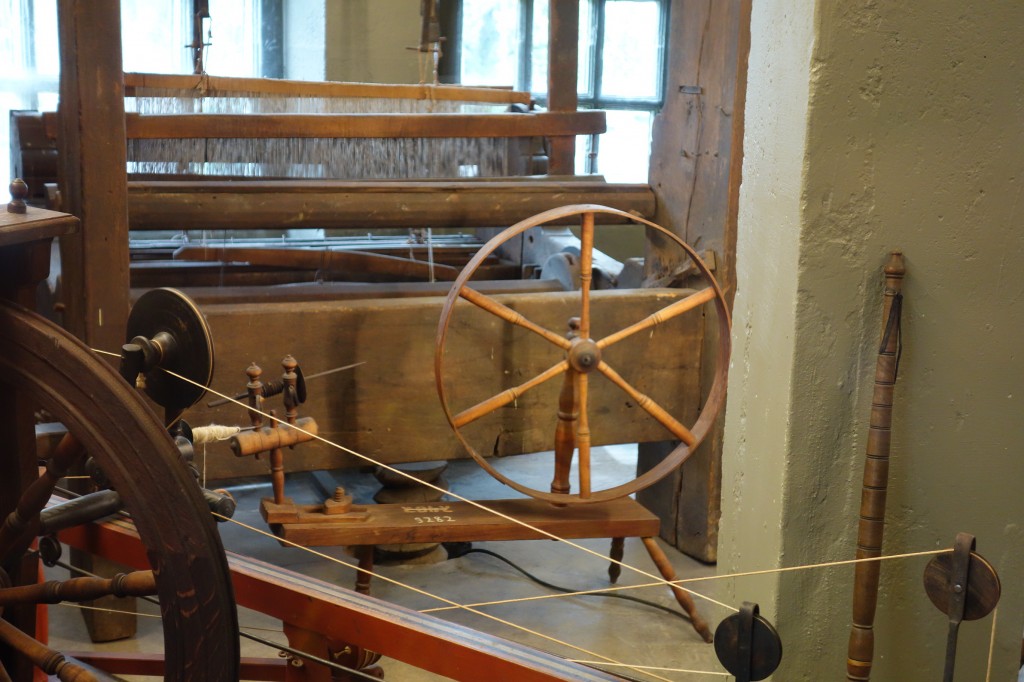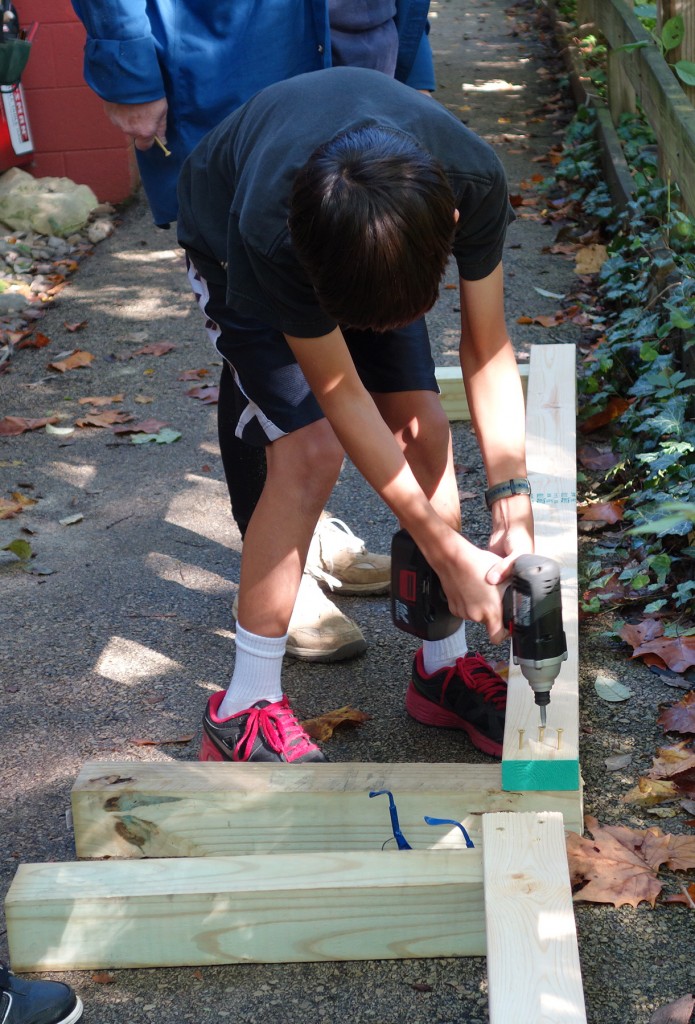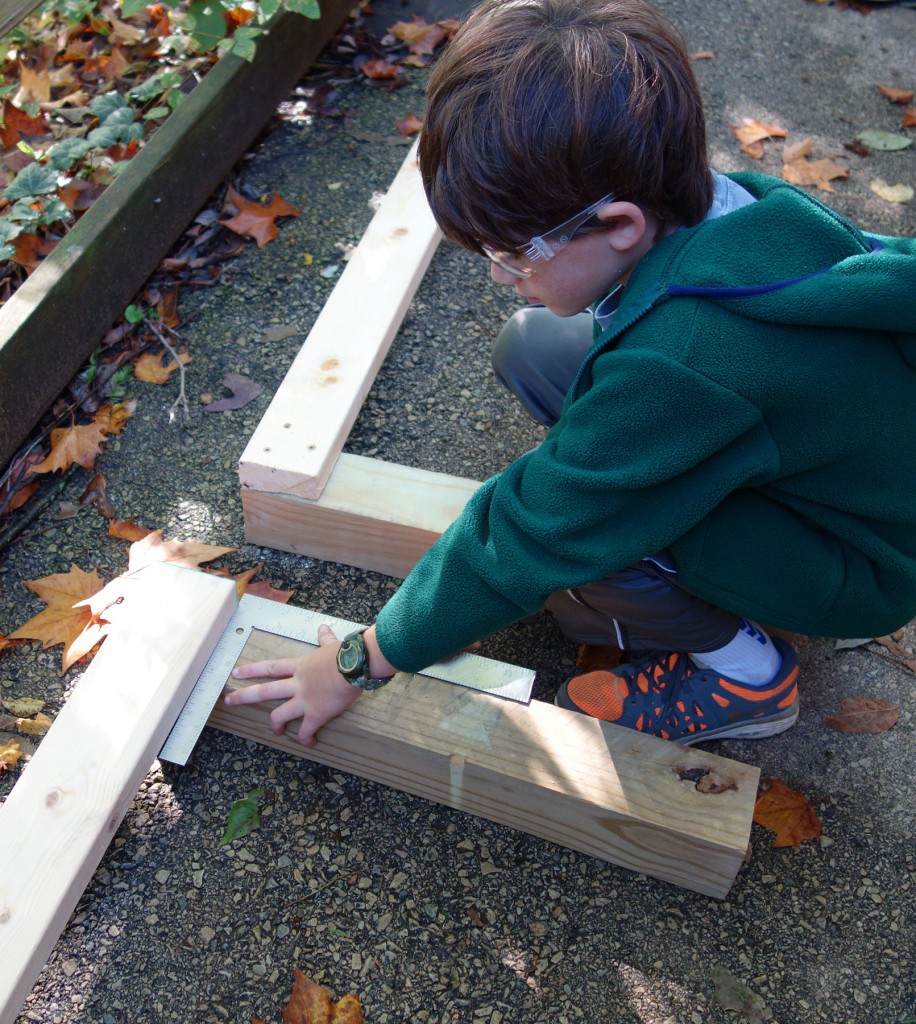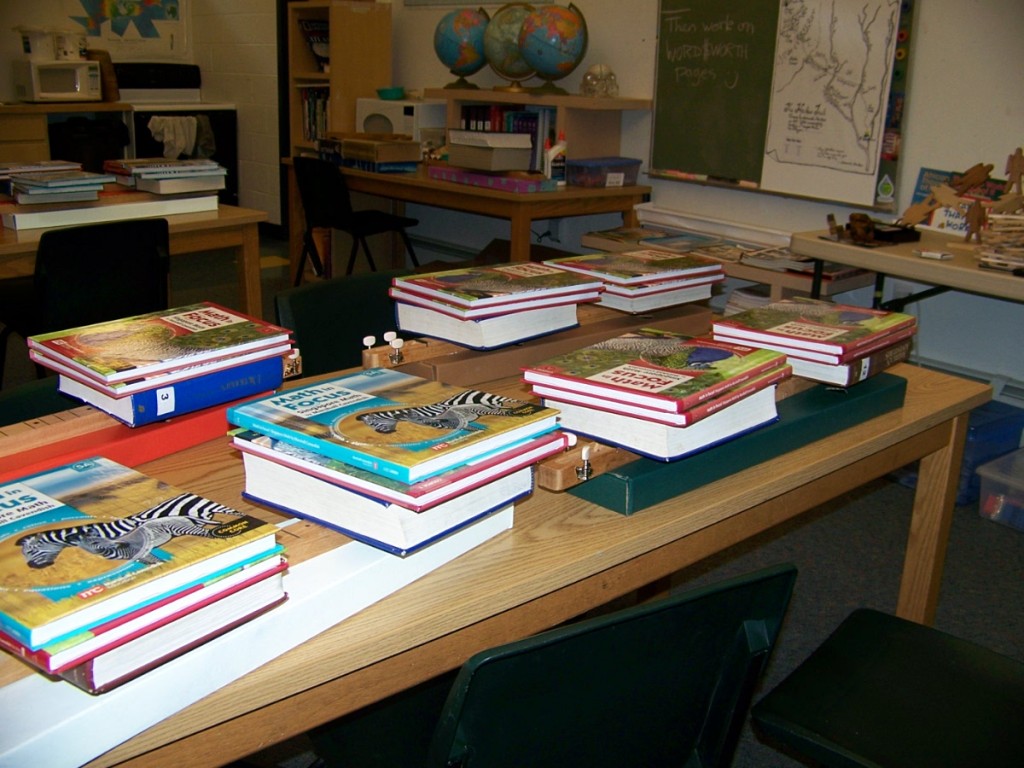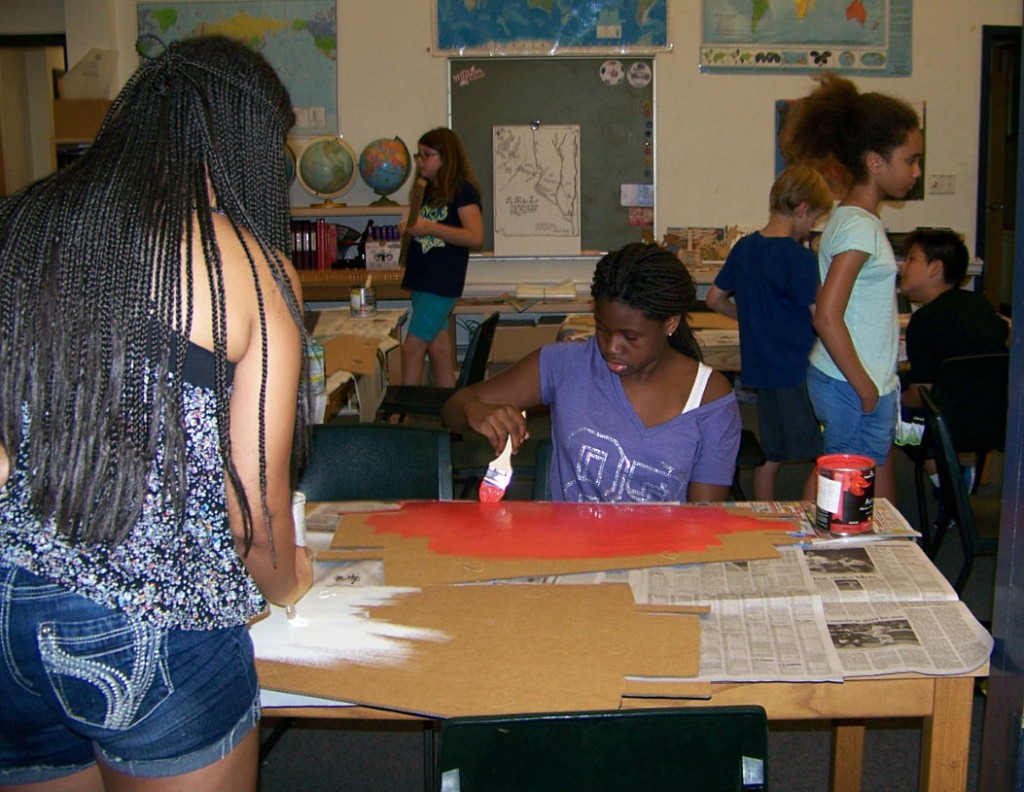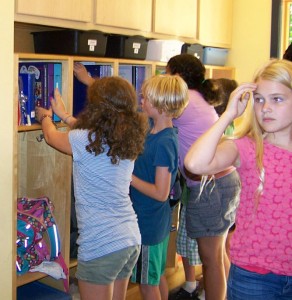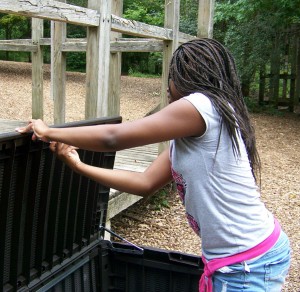As always, there’s no time or room to talk about everything, but here is a sample.
On Monday, we found that our two Monarch butterflies had emerged, and by late morning they were ready to be released and start their 2,500 mile journey to Mexico for the winter. This is always magical, even if students have had the experience every year.
To have a butterfly walk across your hand and then take to the sky to start the long trip to a place they’ve never been before reminds everyone about the fragility of nature and its amazing aspects.
_____
We had three graduates return to visit with us on Thursday. This is an important tradition for several reasons. One is that their descriptions of their experiences in their new schools give our fifth and sixth graders some idea about what they are likely to be doing in a year or two. They are living proof that there is life after Miquon and that middle school offers many new things to learn and enjoy. Another reason that it’s important is that it provides closure for our graduates. As one parent said after her child’s visit last week, “It was good for her to feel welcomed but at the same time to notice that she doesn’t belong to Miquon as a student anymore.” Most of our visitors take that realization as an affirmation of their growth and new school affiliation, not as a loss.
______
We went to the Mercer Museum in Doylestown on Wednesday. We had set up a scavenger hunt based on the list of supplies available for packing our wagons. Students were challenged to find such things as a steel plow, a 2-man crosscut saw, a spinning wheel, a Dutch oven, animal traps, a powder horn, a wine or cider press, and a yoke for two oxen. Our science teacher, Kate, came along as did parents Don Gordon and Bill Demski. This made it easy for students to explore the many floors of this eccentric structure in small groups while keeping an adult in sight. (There will be many more photos on our classroom website soon.)
Students saw many things that were not on their checklist, too. An antique fire engine, an enormous animal feed trough carved from a single tree, and a collection of instruments that included a mountain dulcimer all caught their attention. The display of beautiful things made from horn and tortoise shell showed us what people used before they had plastic. The general store (moved from its nearby location and reconstructed in the 1950s) contained things with brand names we can still find in our kitchens today. And, above all, we saw how much work went into making the ordinary things of people’s daily lives — most of which were made of wood — and many of which incorporated decoration as well as functionality.
_______
Although we have begun working with our Math in Focus resources, we took time to do two other things that used and expanded students’ math skills when we had several students out on Thursday. We did a demographic analysis of the two wagon train teams. Students looked at the number of people in each family and figured out the average (mean), median, and mode. They described the number of members who were under 16 as a fraction and as a percentage. While doing this, they learned about some of the features of their calculators, discussed how “common” fractions and percentages were both different and similar, and reviewed or added to their statistical vocabulary. We’ll be returning to all of this many times through the year, so the absence of some students will not create a learning gap for them. We also played with thin pieces of paper to explore Mobius strips, invented by August Mobius in 1858 — not long after our journey west. We were all so busy investigating, cutting, and conjecturing that I forgot to take pictures, but it was a lot of messy fun. Another special math activity happened on Friday, when each student started creating a spreadsheet to calculate the profit from our first hoagie sale. We’ll finish that next week. This involves a lot of discussion of economics, the use of formulae, and what it takes to run a business. We think it’s important to de-mystify the use of computers as much as possible, and this helps to take the “magic” out of our wagon-packing spreadsheets.
_____
Minicourses started last week for the three oldest groups. These self-selected activities meet on Fridays and give students a chance to do something new or spend extra time in a favorite thing. Two of our students are in the “Making Stuff with Wood” minicourse that Kate and I are leading. With three other students, they built a workbench on Friday that will be available for general use by all older students at choice time as well as for teacher-led projects. I brought in my cordless impact driver to help with the construction, and they were delighted by its ability to drive very long screws into thick wood.
_______
Finally, our wagon trains are now on the trail. Next week’s class time will contain some (mis)adventures. Be sure to ask your children about them. Perhaps they’ll even share their diary entries with you.

